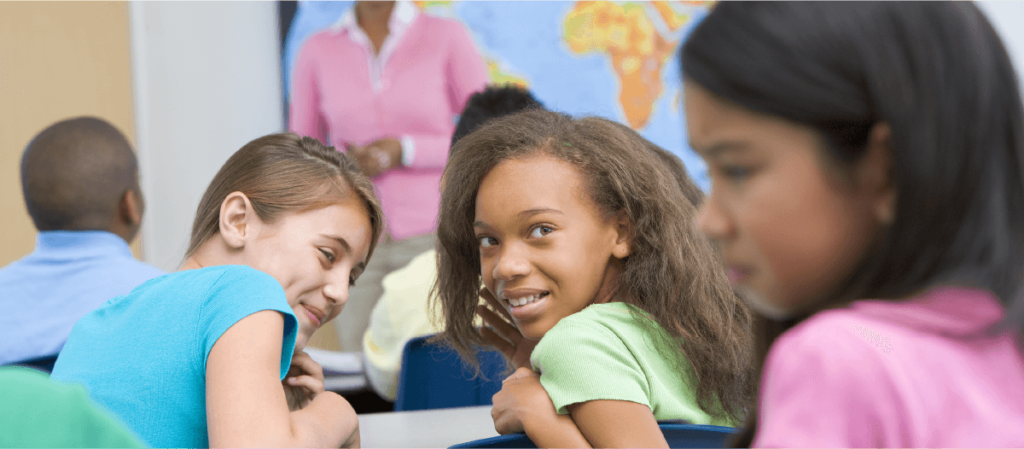
It’s a few months into the school year, and you may be noticing an increase in challenging student behaviors. Suddenly students are struggling to follow classroom rules that they learned at the beginning of the year. Some students are testing limits, both in their relationships with teachers as well as with their classmates, resulting in strained relationships and behaviors that disrupt the classroom community. You find yourself having to stop class more frequently to get students back on track.
These kinds of misbehaviors are common for this time of year. They are influenced by a number of factors, from students getting more comfortable in their classroom environments to the disruptive nature of snow days and winter break to developmental changes natural to your students’ age group. Luckily, there are a number of effective strategies for helping students get back on course. Try out some of the options below to help struggling students regain their success academically, socially, and emotionally.
One of the best ways to address a midyear slump is to be introspective. Start by asking yourself questions about what you are noticing and experiencing. From there, collect evidence—such as an audio or video recording—to better understand the situation. Reflect on your own teaching practices. For instance, how often did you model an expected behavior or ask students to model it before they began an activity or task? Use the insights you gain from this process to realign your lesson plans to meet your students’ needs, such as by creating well-planned, purposeful, and well-managed Morning Meetings or Responsive Advisory Meetings to meet students’ needs for belonging, significance, and fun.
Rules are taught early in the school year, but it is also critical that you return to the rules periodically throughout the year. Otherwise, they will drift into the background and students will inevitably forget them. To make the process of revisiting the rules more meaningful, give students the opportunity to reflect on the rules and how they connect to their success in the classroom.
Logical consequences are a great way to address misbehaviors the moment they occur in a way that balances empathy for the student and accountability for the student’s actions. Crucially, along with helping remedy the situation in the moment, logical consequences also help students learn the skills they need to make better choices in the future.
One skill set that logical consequences can help teach students is how to self-regulate. Positive time-out (known in middle school as “space and time”) especially can give students the tools they need to take a break when they are overwhelmed or frustrated before things reach a boiling point. Students who have had a lot of practice with self-regulation skills are able to recognize both when they need a break and when they are ready to return to learning.
Your response to behavior issues that pop up throughout the year will be most powerful when students have a voice in how the situation is handled. You can achieve this by using open-ended questions to better understand the experience of the student involved. From there, a strategy such as a problem-solving conference can help you and the student generate solutions that address the root of the issue.
Some behaviors are a normal part of a student’s developmental progress and should be understood through that lens. In order to maintain a positive learning community, you need to both educate yourself on the developmental characteristics common to the age range you teach and actively adapt to developmental changes you can expect from your students.
A rise in midyear behavior issues can be a normal part of the rhythm of a school year, but living with challenging behaviors doesn’t have to be! For more resources on this topic, check out Teasing, Tattling, Defiance & More and the Quick Coaching Guide Dealing With Defiant Behavior.
Ted Powers is an editor for Responsive Classroom.